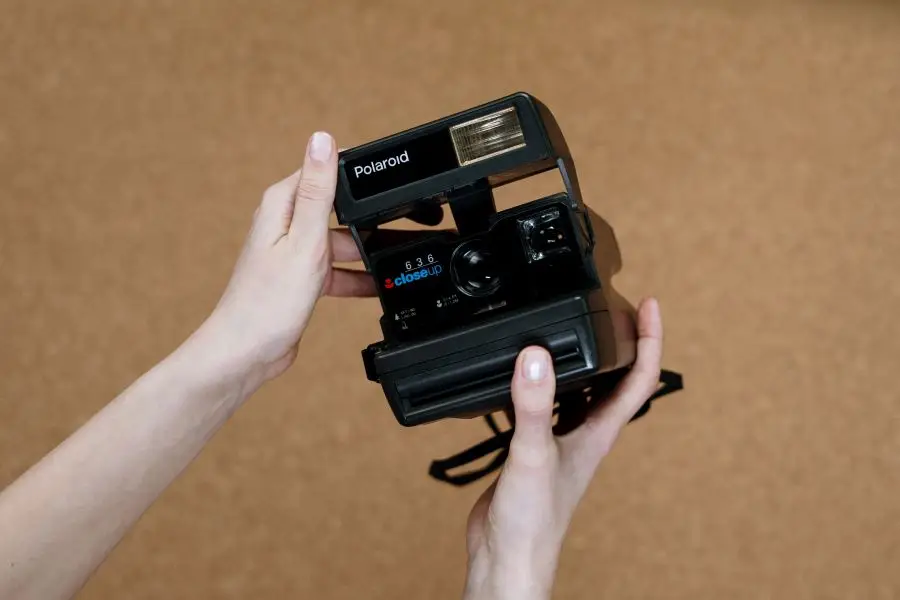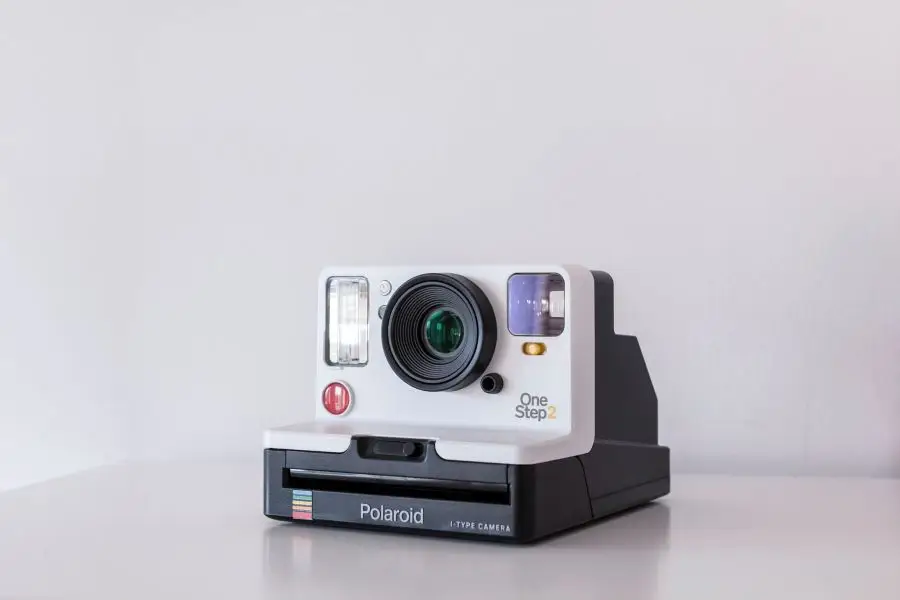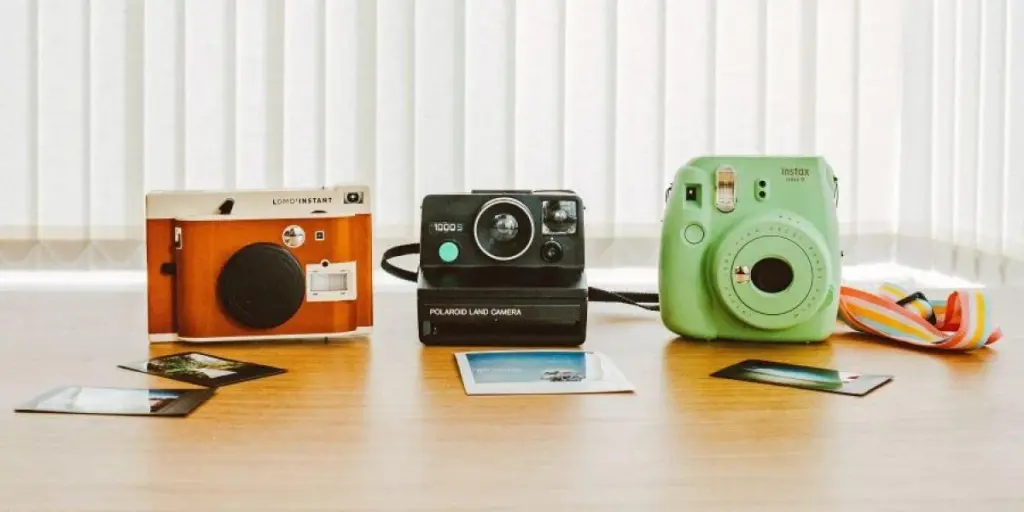In recent years, instant cameras have grown in popularity, capturing the attention of photography fans and casual users around the world.
These unique devices allow users to snap a photo and have a physical print within seconds. Instant cameras appeal to many people because of their ability to create tangible memories , evoking a sense of nostalgia and excitement in an era dominated by digital photography.
This guide will offer key insights for those interested in instant cameras, including the market outlook, an overview of the must-know brands, and an intro to the pricing dynamics of instant cameras. So read on for all you need to know to get started!
Table of Contents
Potential opportunities in the instant camera market
Overview of different types and brands of instant cameras
Understanding the pricing dynamics of instant cameras
Conclusion
Potential opportunities in the instant camera market
As a retail business considering entering the instant camera market, it is crucial to understand the potential opportunities in this niche. In spite of the dominance of smartphones and digital cameras, instant cameras continue to hold their own as a distinct category.
The instant camera market was estimated to be US$ 1.28 billion in 2022 and is expected to grow at a compound annual growth rate (CAGR) of 3.4% between 2023 to 2029.
The instant camera market has experienced steady growth driven by consumers’ desire for tangible and shareable experiences.
With the right strategies, you can tap into the growing market and cater to the needs of individuals seeking a unique photography experience.
The history of instant cameras
Instant cameras made their first appearances in the late 1940s. Polaroid cameras led the way when Edwin Land made the first public demonstration on February 21, 1947, at the Optical Society of America in New York City.

Instant cameras gained huge popularity throughout the 1960s and 1970s, providing an instantly accessible means of capturing memories.
The convenience and novelty factor of instant photography made it popular among consumers worldwide.
However, with the introduction of digital photography in the 2000s, the popularity of instant cameras began to decrease. The convenience and versatility of digital cameras, coupled with the rise of smartphone photography, led to a decline in the demand for instant cameras.
Many consumers opted for the sharper quality of digital images, and the ability to more conveniently edit and share photos.
Are instant cameras still good business?
Contrary to the decline witnessed in previous years, instant cameras have experienced a resurgence in recent times. Several factors attributed to this revival.
First, instant cameras offer a tangible and authentic experience that digital photography cannot replicate. The physicality of holding a printed photograph and the anticipation of waiting for it to develop has a unique charm that resonates with consumers.
Furthermore, instant cameras cater to a niche market of photography enthusiasts, artists, and individuals seeking a creative outlet. These consumers appreciate instant photography’s artistic possibilities and limitations, with its distinct retro aesthetic and unpredictability.
For instance, artists and photography enthusiasts may prefer more pricey instant cameras than those looking for a fun and creative outlet. Photography enthusiasts may also prefer more old-school cameras as they may be looking for keepsakes and collector’s items rather than cameras to use daily.
With this in mind, if you’re catering to photography enthusiasts and artists, stock up on exclusive brands and accessories as they will pay a premium to get the best. On the other hand, you can stock cheaper brands if you have more customers looking for a fun and creative outlet, and you want to provide them with an accessible way to capture everyday moments and memories.
Evidence of the rising popularity of instant cameras can be seen in the fact that the market value of instant cameras stood at US$ 0.98 billion in 2021 but grew to US$ 1.28 billion in 2022. This growth is predicted to continue, at a CAGR of 3.4% between 2023 and 2029.
This indicates a significant market opportunity for retailers considering venturing into the business of instant cameras.
Overview of different types and brands of instant cameras
Several brands offer instant cameras, each with their own unique features and characteristics. Some prominent brands in the market include Fujifilm, Polaroid, and Lomography.
Fujifilm: Fujifilm’s Instax series has become very popular in recent years. Their cameras are known for their ease of use, affordability, and wide range of film options. Fujifilm Instax cameras come in various models, including mini, square, and wide formats, catering to different preferences.

Polaroid: Polaroid, the pioneer of instant cameras, has also made a comeback. The brand offers a range of instant cameras that capture the nostalgic essence of instant photography while incorporating modern features.
Polaroid cameras often come with innovative shooting modes, such as double exposure and light painting, allowing users to experiment with their photography.

Lomography: Lomography is known for its quirky and creative cameras that produce unique and artistic images. Lomography cameras offer experimental features like multiple exposures, color filters, and creative lens attachments, appealing to photography enthusiasts looking for a distinct visual aesthetic.
The competitive and unique selling points of instant cameras
When entering the instant camera market, it is crucial to analyze the competition and identify unique selling points that set your offerings apart. Factors to consider include:
- Size: Instant cameras come in various sizes, from compact models that fit in a pocket to larger, more feature-rich options. Consider catering to different preferences by offering a range of sizes to suit diverse customer needs.

- Battery life: Instant cameras rely on batteries to power their functionality. Most instant cameras use AA batteries which can be alkaline or rechargeable.
The battery life depends on the battery used and the usage. Alkaline batteries can go for up to five hours of continuous use, while rechargeables can go up to ten hours.
Battery maintenance is also vital to ensure a longer battery life. Store the batteries in a cool, dry place when not in the camera is not in use.
Offering cameras with long-lasting battery life or the option for rechargeable batteries can be a compelling selling point for consumers who value convenience and cost-effectiveness.
- Photo quality: While instant cameras evoke nostalgia and a retro aesthetic, consumers still expect decent photo quality. Understanding the capabilities of different camera models and offering options that provide sharp, vibrant prints can help differentiate your offerings from competitors.
Moreover, photo quality depends on the film ISO, the distance between the camera and the subject, and your settings. For instance, Fujifilm is consistently accurate with color and white balance and has few imperfections in its film.
Film storage also affects the quality of the photos. When you don’t store the film correctly, your photo may have grains, lines, or missing patches.
- New trends: Another selling point of instant cameras is having cameras that incorporate the new trends in the industry.
While many photography enthusiasts would go for vintage cameras, creatives want cameras incorporating new features like Bluetooth capabilities, Wi-Fi connectivity, and multiple shooting modes.
This enables them to have a bit of the digital and instant camera in one, as they can share their photos via Bluetooth and the internet if the cameras are Wi-Fi enabled.
Stocking cameras that embrace these new trends will increase your customer base as a retailer.
Understanding the pricing dynamics of instant cameras
Pricing plays an essential role in the success of any retail business. When it comes to instant cameras, prices can vary depending on factors such as brand, features, and film format. It is essential to strike a balance between affordability and profitability.
The pricing of instant cameras highly depends on the brand. Instant cameras from well-known brands will have higher prices due to perceived quality, brand value, and reliability.
On the other hand, new entrants in the market will have to lower prices to attract customers and establish themselves in the market.
Additionally, retail businesses need to consider market demand, competition, and consumer expectations when determining the price of instant cameras.
Moreover, a retailer must consider the wholesale price of the instant cameras, considering the manufacturer’s pricing structure, volume discounts, and additional fees associated with procurement and logistics.
To maximize profitability, a retailer can use price strategies to attract customers. For instance, bundle pricing, where a retailer combines instant cameras with complementary accessories, such as film packs, camera cases, or lenses, helps attract customers.
Moreover, they can use value-based pricing to sell instant cameras to customers willing to pay a premium for superior performance. On the other hand, promotional pricing like sales promotions, one-time limited discounts, and loyalty help drive sales, attract new customers, and generate repeat business.
Conduct market research to understand the pricing dynamics in your region and consider offering a range of cameras at different price points to cater to various customer segments.
Conclusion
Entering the instant camera market presents a unique opportunity for retail businesses to tap into a growing niche.
By understanding the history, different brands, pricing dynamics, and unique selling points of instant cameras, retailers can position themselves to cater to the needs of photography fans looking for a tangible and nostalgic photography experience.
With careful study of the competition, pricing strategies, and an emphasis on quality and customer satisfaction, retail businesses can successfully navigate the instant camera market and capture the attention of consumers looking to capture and cherish their memories instantly.
For all your instant camera needs, including accessories and film, visit Alibaba.com.




